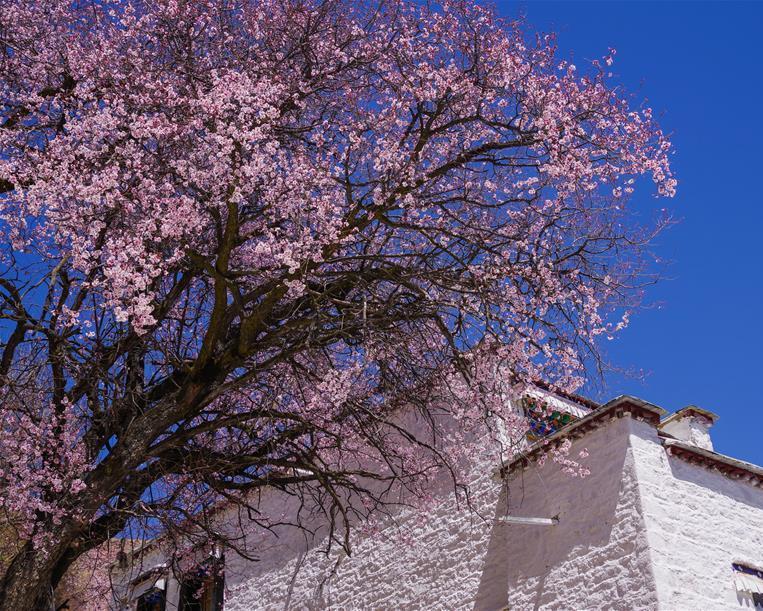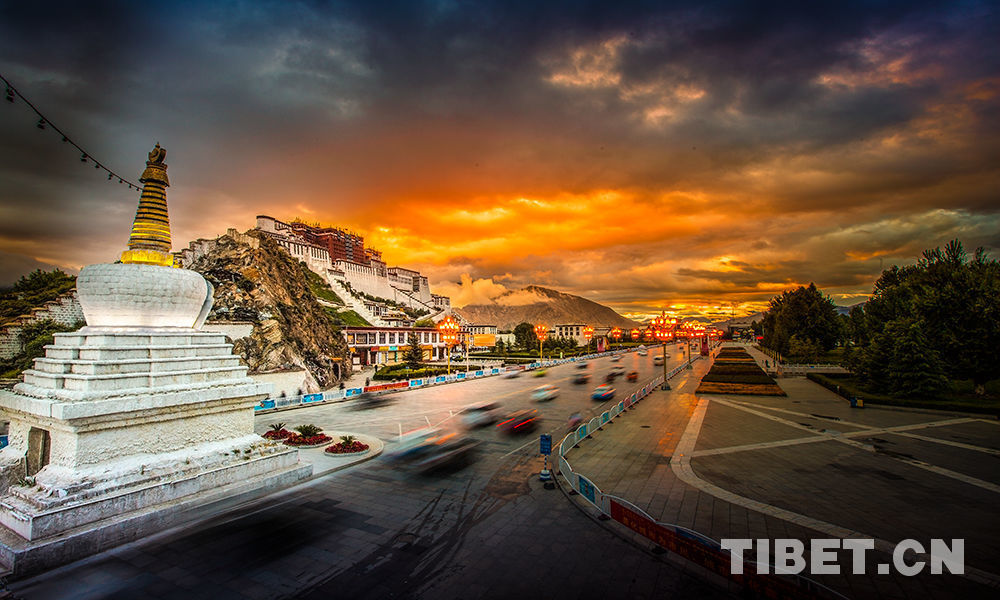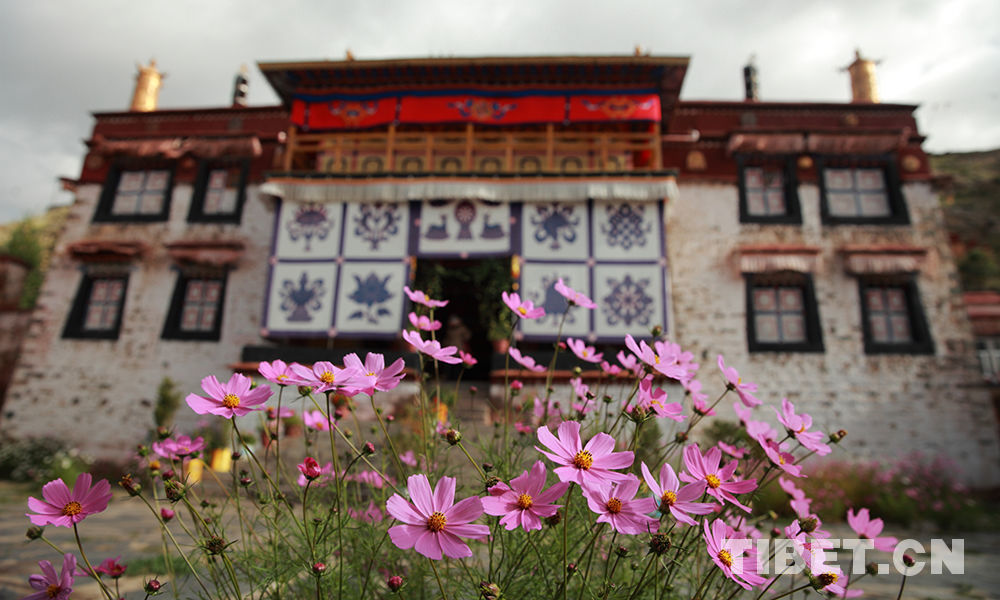'Extinction of Tibetan culture': absoluate fallacy
First, what is the Tibetan culture?
Tibetan culture includes both contemporary culture and traditional culture. Traditional culture consists of material and spiritual substances. The latter is believed to be composed of traditional religious philosophy, Tibetan medicine, astronomy and the calendar, literature, art, music, dance, sculpture, architecture, arts and crafts, etc.
The traditional religious culture, as the main content in the traditional culture, is not equivalent to Buddhism culture at all, as it is a convincible combination of native Bon culture and Buddhism culture. Historical facts prove that Bon religion and other folk religious culture already existed in Tibet before the introduction of Buddhism.
Obviously, it's a perversion of truth and distortion of history for the 14th Dalai Lama to claim himself as "son of India" based on the fallacy that "Tibetan culture has derived from India."
Secondly, how Tibetan culture came into being?
Traditional Tibetan culture, created by the people of various ethnic groups together, has not only absorbed the culture of China's central plains such as the Confucian culture, the feudal culture, medical culture and architecture culture, but also foreign cultures from ancient India, Nepal, Turkic and Sogdian during its formation period.
Also in the long history of the development, Tibet's traditional culture reflects the influence from many different cultures of the Han, Mongolian, Manchu and other ethnic groups.
For example, the Tubo culture played an important role in developing Tibetan Buddhist culture. And for the ancient architecture, the Tibetan architectural culture also adopted a lot from that of Han and other ethnic groups as well as from India, Nepal, and Central Asian areas. In terms of Tibetan medicine, it also acquired medical knowledge from ancient inland China as well as Persia, Arab and India.
It is clear that traditional Tibetan culture was created by Tibetans and ancestors of other ethnic groups living in Tibet, not by a single ethnic group as continuously claimed by the 14th Dalai Lama. What he intends to do is no more than inciting cultural secession and national cultural conflict.
Thirdly, how modern Tibetan culture took shape?
Like any other culture, traditional Tibetan culture has both strong points and weaknesses, which need to be improved.
Buddhist culture played a role in promoting Tibetan culture, but it also hindered and restrained its overall and sound development for a fairly long period of time.
After Tibet's peaceful liberation in 1951, especially with the democratic reform in 1959, Tibet thoroughly overthrew the system ruled by the theocratic rule which retarded the overall development of Tibetan culture. From then on, Tibetan culture started to get on track of scientific development.
What has the Chinese government done in protecting and developing Tibetan culture?
Since Tibet's peaceful liberation in 1951, the country has specially adopted a series of policies concerning the protection and development of Tibetan ethnic culture. Tibetan language have been widely used, learned and developed. The Tibetan language has been popularized among all schools in Tibet, ending the era when serfs and slaves, taking up 95% of the population in old Tibet, had no right to learn Tibetan language.
The state has also carried out the policy of providing free food, lodging and tuition for children of Tibetan farmers and herdsmen, making Tibet the first region in China to realize free compulsory education.
The state has specially established units for cultural relic protection at all levels, having collected and preserved a huge amount of Tibetan cultural relics, records as well as ancient books. It has also formulated many laws and regulations on cultural protection.
Moreover, the state has invested a large amount of capital in maintaining historical sites, which is an unprecedented project in the history of Chinas cultural protection. For example, the state has also established many Tibetological research institutes as well as organizations engaged in research on Tibetan culture and translation of Tibetan historical literature.
The country has attached importance to applying modern technology to preserve Tibetan language. Tibetan language is the first one which has achieved digitalization among all ethnic languages in China. The state has exerted efforts in increasing international cooperation on promoting Tibetan culture. Tibetan medicine has flourished after the founding of the People's Republic of China. Furthermore, modern science and technology has developed from scratch and the news industry is also on the upswing.
According to a Tibetan, it is the heyday of Tibetan culture at present.
Why the Dalai clique made the "extinction of Tibetan culture" claim?
The reason can be explained only by this ridiculous political logic: Tibetan culture is the sole culture of Tibetan Buddhism which is topped by the 14th Dalai Lama. And that affirmed by the Dalai Lama is the only orthodox culture. Regardless of other cultures which have been created, developed and undertaken by millions of ordinary Tibetans. This is the logic of their fallacy.
Given the history of all cultures around the world, there has never been a simplex culture of any ethnic group, as culture is constantly enriched and developed in the course of mutual communications. It is universally known that culture is defined by masses of ethnic groups, not a self-centered clique.
Your Comment
Name E-mailRelated News
-
;











